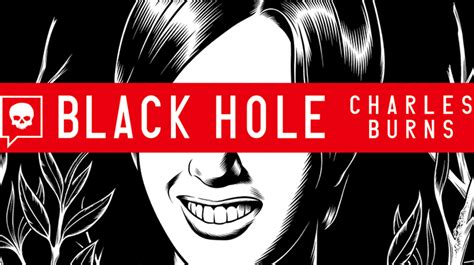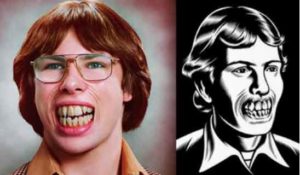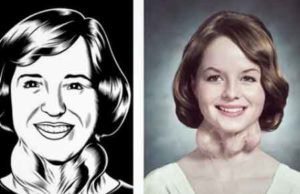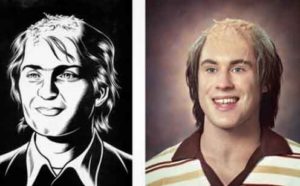By CHARLES BURNS (Pantheon; 2005)
A stunningly rendered graphic novel that’s notable primarily for what it doesn’t do. About a sexually transmitted virus circulating among a group of teenagers in the mid-1970s, it sounds pretty straightforward, with a premise that would appear to suggest any number of easily-digestible scenarios. Yet BLACK HOLE is unique, following its own inscrutable path that exists somewhere between DAZED AND CONFUSED and VIDEODROME.
This is to say that BLACK HOLE’S diseased protagonists don’t turn into zombies or homicidal maniacs as you might expect, and nor is there any great rush to contain the virus. Rather, the virus is presented as simply another of the many awkward and alienating elements that comprise adolescence, which as portrayed here rings disconcertingly true.
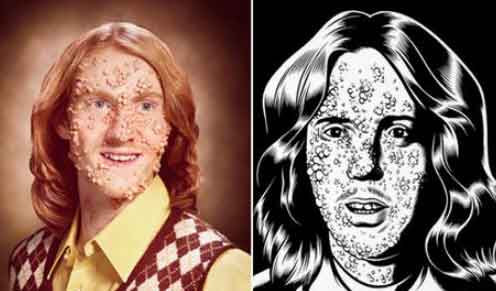
BLACK HOLE’S cast of wayward teens reside in a foresty American suburb. The source of their mysterious affliction is never explained, but it results in some mighty gruesome physical permutations: odd vaginal slits open up in the middle of one kid’s back and the bottom of another’s foot, skin literally sloughs off bodies, ugly growths appear on peoples’ faces and an otherwise attractive young woman grows a tail. Disquieting dreams and hallucinations are further constants, and there’s even a prologue that suggests the whole thing may in fact be a dream experienced by a hormone-addled adolescent in his biology class.
Co-existing with all the Cronenbergian insanity are a plethora of more down-to-Earth predicaments. A pubescent couple run away from home with disastrous results, just as a boy invites his stoner pals to stay in a tenantless house he’s looking after with equally disastrous results, while all the while a creepy old guy lurks in the woods, harboring unhealthy designs on one of the girls.
The writer and illustrator was the multitalented Charles Burns. His artwork, which has graced comics, magazine covers and countless advertisements, is distinctive enough that you’re likely familiar with it even if the name doesn’t ring a bell. Burns drafts in highly cartoony black-and-white without any color gradation or shading. The effect is quite surreal, yet also curiously familiar and reassuring (recalling everything from the classic newspaper cartoon strips to the work of MAD Magazine’s David Berg), and so succeeds perfectly in visualizing the crazy-quilt mingling of reality-based nostalgia and otherworldly strangeness that is BLACK HOLE.

